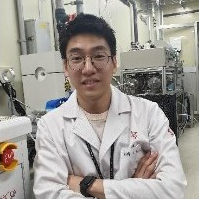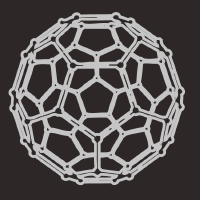Topic Menu
► Topic MenuTopic Editors

Advances in Low-Dimensional Materials (LDMs) for Energy Conversion and Storage
Topic Information
Dear Colleagues,
Low-dimensional materials are generally defined as materials with at least one dimension in the nanometer range. As such, these materials exhibit extremely high surface area to volume ratios, and the reduction in dimensionality leads to quantum confinement effects that engender unique physical properties that are substantially different from their bulk counterparts. Furthermore, their atomically well-defined structures are amenable to rigorous theoretical modeling, which allows for the computationally guided design of materials and devices.
Extraordinary light-matter interactions in low-dimensional materials are particularly appealing for energy conversion devices, including solar cells, light emitting diodes, photoelectrochemical cells, etc., as it provides the ability to tune the spectral range of emission and absorption. Low-dimensional materials are also of great importance in energy storage devices such as lithium ion batteries and electrochemical capacitors because of their exceptional cycling stability and high charge storage capacity.
The present topic aims to provide recent advances as well as future prospects in the field of low-dimensional materials for energy conversion and storage; therefore, we welcome original articles, perspectives, and review articles.
We invite authors to submit their latest experimental and theoretical contributions in areas including but not limited to:
- Synthesis of characterization of low-dimensional materials;
- Advances in analytical tools (in situ, ex situ, operando);
- Applications in energy conversion;
- Applications in energy storage.
Dr. In Soo Kim
Dr. Jin Gu Kang
Topic Editors
Keywords
- low dimensional materials
- synthesis
- characterization
- energy conversion
- energy storage
Participating Journals
| Journal Name | Impact Factor | CiteScore | Launched Year | First Decision (median) | APC | |
|---|---|---|---|---|---|---|

Batteries
|
4.0 | 5.4 | 2015 | 17.7 Days | CHF 2700 | Submit |

C
|
4.1 | - | 2015 | 23.8 Days | CHF 1600 | Submit |

Coatings
|
3.4 | 4.7 | 2011 | 13.8 Days | CHF 2600 | Submit |

Energies
|
3.2 | 5.5 | 2008 | 16.1 Days | CHF 2600 | Submit |

Nanomaterials
|
5.3 | 7.4 | 2010 | 13.6 Days | CHF 2900 | Submit |

MDPI Topics is cooperating with Preprints.org and has built a direct connection between MDPI journals and Preprints.org. Authors are encouraged to enjoy the benefits by posting a preprint at Preprints.org prior to publication:
- Immediately share your ideas ahead of publication and establish your research priority;
- Protect your idea from being stolen with this time-stamped preprint article;
- Enhance the exposure and impact of your research;
- Receive feedback from your peers in advance;
- Have it indexed in Web of Science (Preprint Citation Index), Google Scholar, Crossref, SHARE, PrePubMed, Scilit and Europe PMC.


